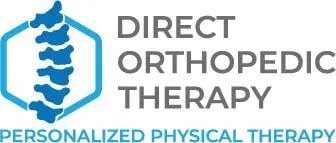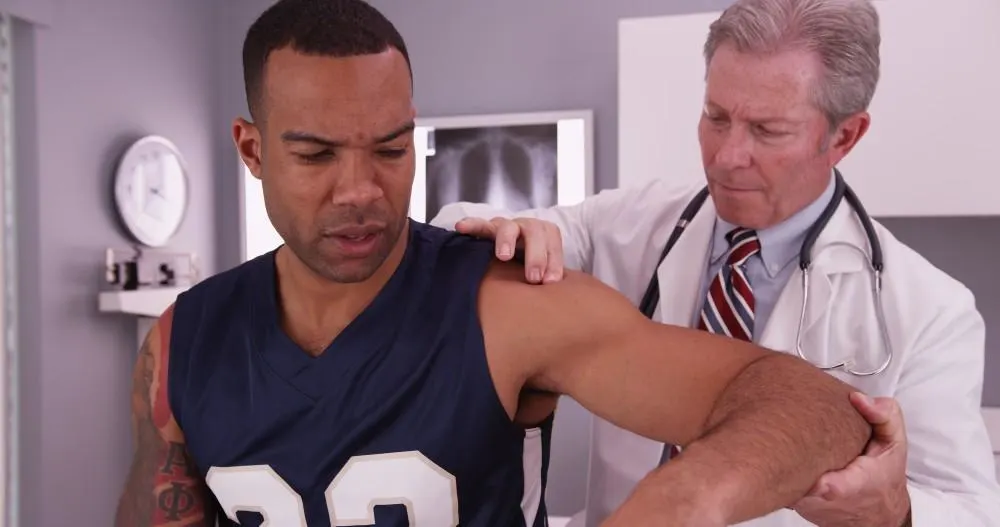If you’re a pitcher — or the parent of one — you already know that the shoulder is everything. Your velocity, your control, your longevity on the mound… it all starts and ends with how well your shoulder performs and recovers.
But here’s the problem: most pitchers don’t think about shoulder care until pain shows up or performance drops. By then? You’re playing catch-up — sometimes literally.
At Direct Orthopedic Therapy, we work with pitchers at every level, from youth leagues to the collegiate and pro ranks. We don’t just treat shoulder injuries — we help prevent them with smart, targeted strategies that keep your arm healthy, season after season.
If you want to pitch pain-free, improve your mechanics, and extend your career, here’s what you need to know about shoulder care for pitchers.
Why the Pitching Shoulder Is So High-Risk
Pitching is one of the most demanding movements in sports. The shoulder joint has to generate power, stabilize under speed, and repeat a complex motion hundreds of times per week — often under high stress and fatigue.
Here’s why it’s such a challenge:
- The shoulder is a ball-and-socket joint, designed for mobility — not stability.
- The rotator cuff and scapular muscles have to coordinate perfectly with your torso and hips to generate force.
- A small breakdown in mechanics, fatigue, or mobility anywhere in the chain (hips, core, scapula) puts extra strain directly on the shoulder.
Add in poor warm-ups, overuse, or skipping recovery days? That’s when things break down.
Common Shoulder Issues Pitchers Face
We’ve seen it all — from Little League to college to guys throwing 90+. And while no two cases are identical, most pitching-related shoulder problems fall into a few patterns:
1. Rotator Cuff Strain or Tendinitis
Overuse can cause micro-tears and inflammation in the rotator cuff — especially the supraspinatus — leading to dull pain and weakness, especially after throwing.
2. Internal Impingement
When the back side of the rotator cuff gets pinched during the cocking phase of a pitch, it leads to deep posterior shoulder pain — common in high-velocity throwers.
3. Labral Tears (SLAP Lesions)
These involve damage to the cartilage rim of the shoulder socket — often caused by repetitive stress or poor follow-through mechanics.
4. Scapular Dyskinesis
If the shoulder blade isn’t moving correctly, everything else suffers. A poorly timed or weak scapula changes the arc of the throw and puts more stress on the rotator cuff.
5. GIRD (Glenohumeral Internal Rotation Deficit)
Chronic throwing can cause internal rotation loss in the throwing shoulder, which increases injury risk and decreases performance if not addressed.
The Foundation of Good Shoulder Care: Assessment First
At Direct Orthopedic Therapy, we don’t jump straight to treatment. First, we assess:
- Shoulder mobility (especially external/internal rotation)
- Scapular control
- Thoracic spine and hip mobility
- Rotator cuff strength
- Mechanics (if video or on-field evals are available)
- History of soreness, stiffness, or injury
Why? Because pain isn’t random — it’s a symptom of dysfunction somewhere else. If we don’t find that root cause, we’re just chasing symptoms.
Once we’ve got the full picture, we can tailor a plan that actually works — not just patch it up.
Smart Shoulder Care Strategies Every Pitcher Needs
No fluff here — just the methods we use with pitchers every week:
1. Daily Arm Care Routine
Not optional. This includes band work, mobility drills, and activation exercises that keep the cuff and scapular stabilizers ready to perform. A proper routine takes 10–15 minutes and can extend your throwing life significantly.
We build customized arm care routines based on your mechanics, injury history, and level of play.
2. Posterior Shoulder and Lat Mobility
Throwing tightens the posterior capsule and lats over time — and that restricts motion, which leads to mechanical compensations and breakdowns. We use soft tissue work, dry needling, and targeted mobility drills to keep things moving right.
3. Thoracic Spine and Ribcage Mobility
If your upper back is stiff, your shoulder does extra work. Improving T-spine rotation opens up shoulder movement, improves power transfer, and reduces impingement risk.
4. Rotator Cuff Strength and Endurance
We go beyond basic theraband stuff. Our training includes eccentric cuff work, functional loading, and velocity-based drills to train the cuff for the demands of actual pitching — not just rehab.
5. Scapular Stability and Timing
Shoulder health starts with the scapula. We use closed-chain drills, serratus anterior activation, and controlled overhead loading to teach proper scapular movement and timing.
What Pitchers Should Avoid
Let’s talk about the mistakes that wreck shoulders — and we see them all the time:
- Skipping warm-ups or cooldowns
- Lifting like a bodybuilder instead of an athlete
- Throwing through pain
- Over-rotating during training without balancing mobility and stability
- Ignoring rest days or pitch counts
Pitching isn’t just about what happens on the mound — it’s about how you recover off it. That’s where careers are saved.
Signs Your Shoulder Needs Help
If you’re dealing with any of the following, it’s time to get it checked before it becomes a bigger issue:
- Pain or soreness that lingers more than 24–48 hours post-throwing
- Difficulty sleeping on your throwing shoulder
- Loss of velocity or control
- A “dead arm” feeling mid-season
- Clicking or catching in the shoulder joint
- Reduced internal rotation or limited external rotation symmetry
Don’t wait for a full-blown injury to take action. Early intervention = faster recovery and fewer games missed.
Recovery and In-Season Maintenance
In-season, your shoulder care plan shifts. We move into a maintenance mode — that means:
- Monitoring workload and throwing volume
- Regular manual therapy and dry needling sessions (if needed)
- Adjusting warm-up/mobility routines based on game load
- Managing inflammation and fatigue between starts
- Re-assessing range of motion and strength every 4–6 weeks
Whether you’re mid-season or ramping up in the off-season, we adjust everything to your throwing schedule — so you can stay sharp without breaking down.
Off-Season Shoulder Prep
This is the time to rebuild.
The off-season is where you restore lost mobility, rebuild strength imbalances, and prep your shoulder for another cycle of high-volume throwing. At Direct Orthopedic, we guide pitchers through progressive shoulder restoration programs that include:
- Scapular rhythm correction
- Rotator cuff and posterior chain reloading
- Return-to-throw protocols
- Full-body kinetic chain integration
Your arm is just one piece of the system. When the rest of your body is dialed in, the shoulder doesn’t have to overwork.
Ready to Keep Your Shoulder (and Your Career) on Track?
Whether you’re mid-season and dealing with shoulder pain, or in the off-season and ready to rebuild — we’ve got your back (and your arm).
Book your evaluation today at Direct Orthopedic Therapy, and let’s create a shoulder care plan built specifically for how you pitch, train, and recover. We’re here to keep you throwing hard, moving well, and playing the long game.



